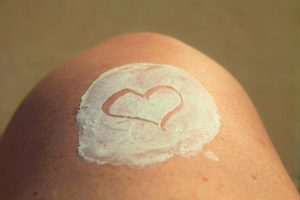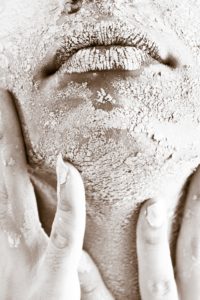Chemical Peel Side Effects
 A chemical peel is a skin resurfacing technique that uses a chemical solution to improve and smooth the texture of the skin by removing its damaged outer layers. It involves the application of toxic chemical solutions to the skin in a controlled manner, producing controlled tissue death and resulting in a superficial wound. As the tissue damage is repaired by the natural healing process, the skin’s appearance is improved.
A chemical peel is a skin resurfacing technique that uses a chemical solution to improve and smooth the texture of the skin by removing its damaged outer layers. It involves the application of toxic chemical solutions to the skin in a controlled manner, producing controlled tissue death and resulting in a superficial wound. As the tissue damage is repaired by the natural healing process, the skin’s appearance is improved.
Chemical peels can cause various side effects, including:
- Redness. Expect some redness of the skin after a chemical peel. With deeper peels or with certain skin types, redness can be severe. It may fade within a few weeks, or it may last several months. The strength of the solution used for the chemical peel will determine how much redness will occur, and how long the redness will last.
- Changes in skin color. A chemical peel can cause treated skin to become darker than normal (hyperpigmentation) or lighter than normal (hypopigmentation).
- Crusts or scabs may develop on areas treated with any type of chemical peel as the skin reacts to the trauma of having a mild acid solution applied to it. Phenol peels, can be expected to result in some crusting as the old layer of skin exfoliates and the underlying layer of skin emerges.
- Sensitivity to Light. A chemical peel can increase a patient’s sensitivity to sunlight and avoidance of sun exposure is usually advisable for several months after the treatment. Wearing sunscreen is highly recommended following a chemical peel.
- Rarely, a chemical peel can cause scarring – typically on the lower part of the face. Antibiotics and steroid medications can be used to soften the appearance of these scars.
- A chemical peel can cause a flare-up of the herpes virus – the virus that causes cold sores. Rarely, a chemical peel can lead to a bacterial or fungal infection.
- Heart, kidney or liver damage. A deep chemical peel uses carbolic acid (phenol) which can damage the heart muscle and cause the heart to beat irregularly. Phenol can also harm the kidneys and liver.
- Flaking and Peeling. Flaking and peeling are normal chemical peel side effects that are temporary and relatively minor. A patient must not pick at the flakes and peeling skin because pulling off peeling skin before it is ready can result in infection and scarring.
Patients should have an understanding of potential chemical peel side effects prior to treatment to help them make an informed decision about undergoing the procedure. The best way to determine if you are a candidate for a chemical peel is through a consultation with Dr. Holy at The Center for Advanced Dermatology in Phoenix. For more information about chemical peel side effects or to schedule an appointment, contact us at 602-867-7546 or mddermsolutions.com.











